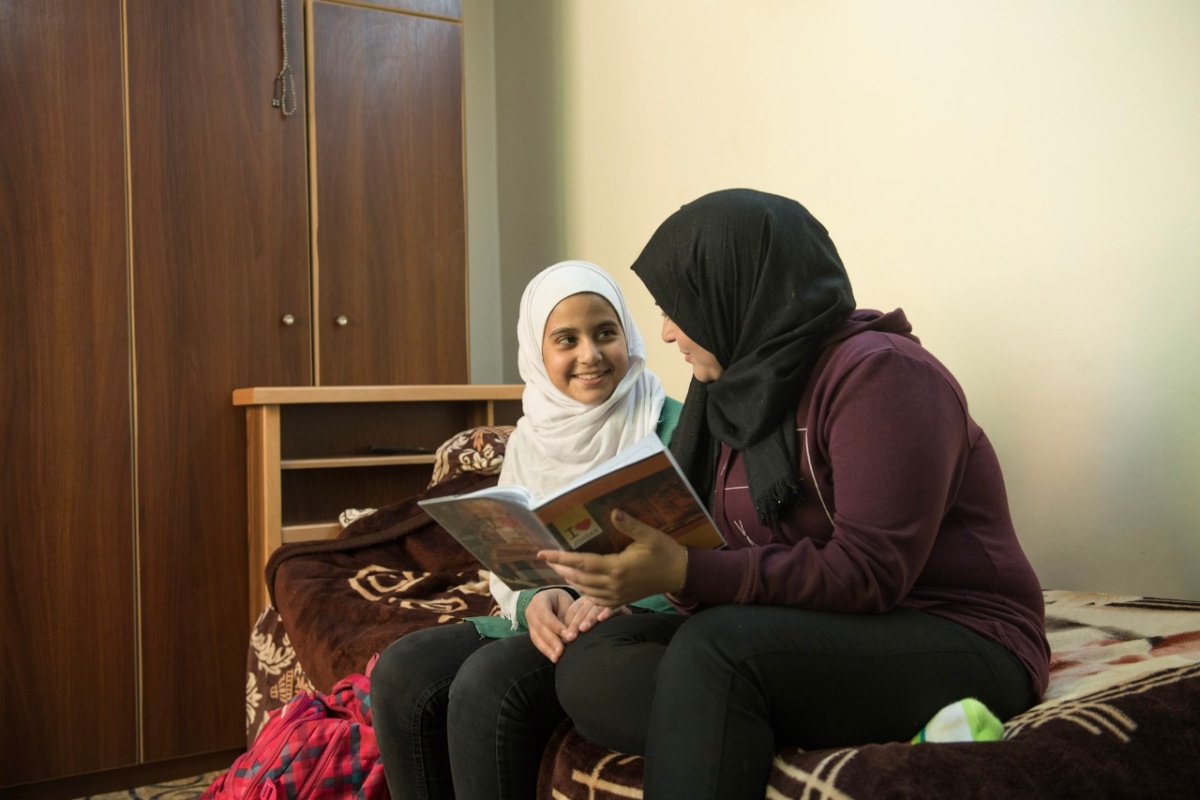Amman – Jalal Abu Saleh
The weakness of Arab children’s use and grasp of their mother tongue, an old and serious issue, is more and more obvious. According to the World Bank, 52 percent “of children in Jordan of late primary age today are not proficient in reading” and have difficulty learning their mother tongue. This is a problem whose solution falls square on parents, educational institutions and students themselves.
This parents’ and educational institutions’ inability to glorify the Arabic heritage and identity adds to the problem. They fail to inculcate in the hearts and minds of the children and students the depth, historical wealth, and connection to the economic, political, religious and social structure of communities of the language.
As such, it is important to raise awareness, among children, about the role of language in maintaining one’s national identity and heritage. Children should be equipped with a contemporary language that enables them to read stories, poetry, biographies, and learn about the nation’s identity and heritage.
The reality is that few Arab children are taught to take pride in and identify with the Arabic language. Compounding the problem is the outdated methodology used to teach Arabic in schools and universities.
Employing informal educational tools might be the most viable form of modernisation that helps Arab children learn their mother tongue. They could encourage them to think critically, interact in their search for information and equip them with highly needed language skills.
The Arab world has long lived through crises of all sorts; language might be one way of reasserting anew pride in the once glorious Arabic identity and culture.
Experts believe that the long-lasting crisis the Arabic language has been struggling with reflects bigger problems of the Arab nation, problems rooted in the educational systems, the dominance of the colloquial Arabic and English language in cultural, scientific and media spaces, and the lack of Arabic content targeting children, while such content is abundant in different other languages.
The situation is alarming; it can be remedied by parents and institutions, educational and otherwise, which need to use all available tools to fix it. They could start by making the youth proud of being Arab and by enticing them to dive deep into the secrets of the language.
Education, both in schools and at home, stands at the basis of this change. But for them to be efficient, teaching methods must be radically modified at all teaching levels, and linked to real life and the rapid developments in science and technology.
In addition to the compulsory Arabic language courses for different specialisations, experts recommend informal activities aiming at improving students’ language skills.
One hopes to see a generation that solves the problem by mastering the language of “dhad”. Parents and all those who believe in the value of the Arabic language, and the dangers lying in neglecting it, must fight to protect and revive it, and instil it in the minds of the youth. It is a national responsibility, and all parties must collaborate to preserve this essential element of our identity.


